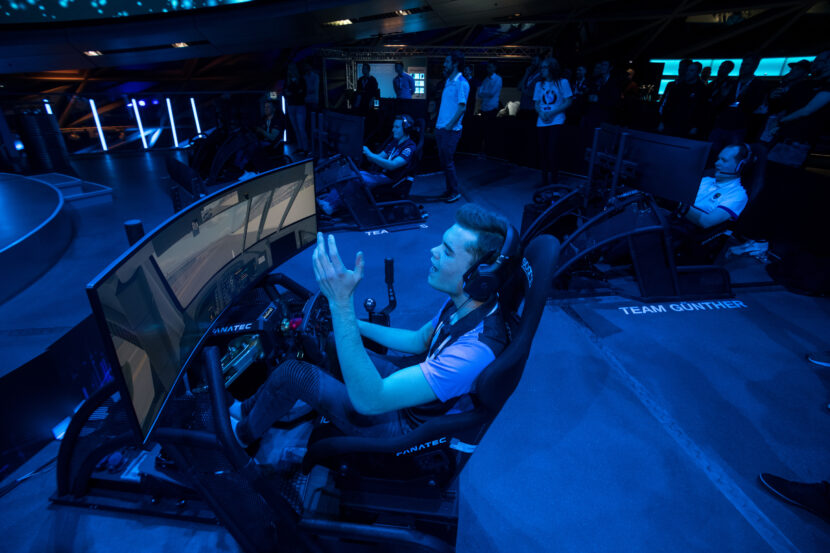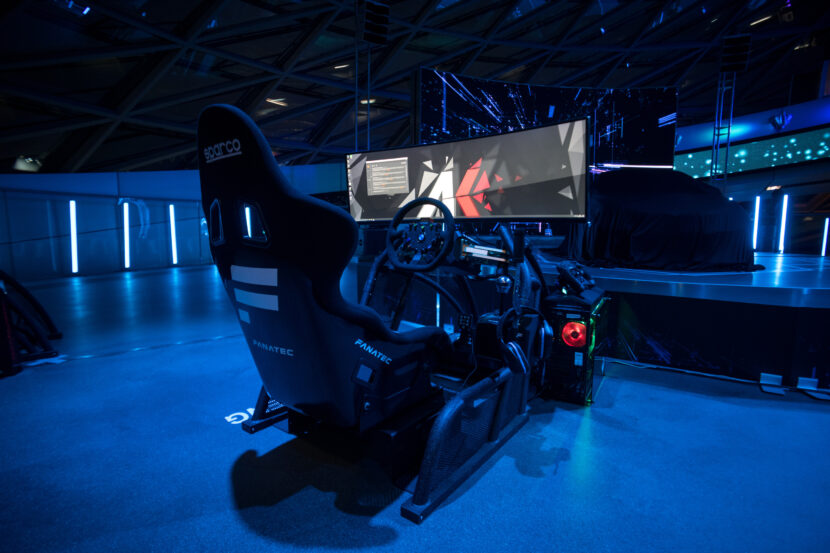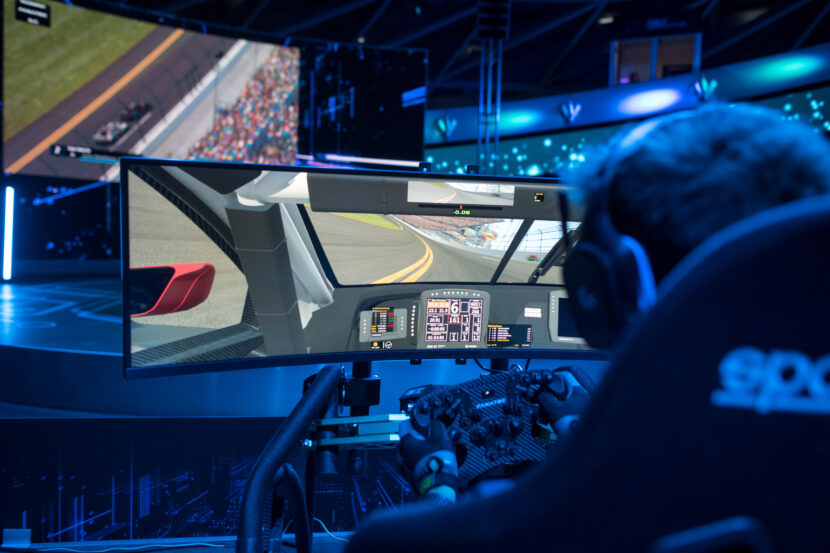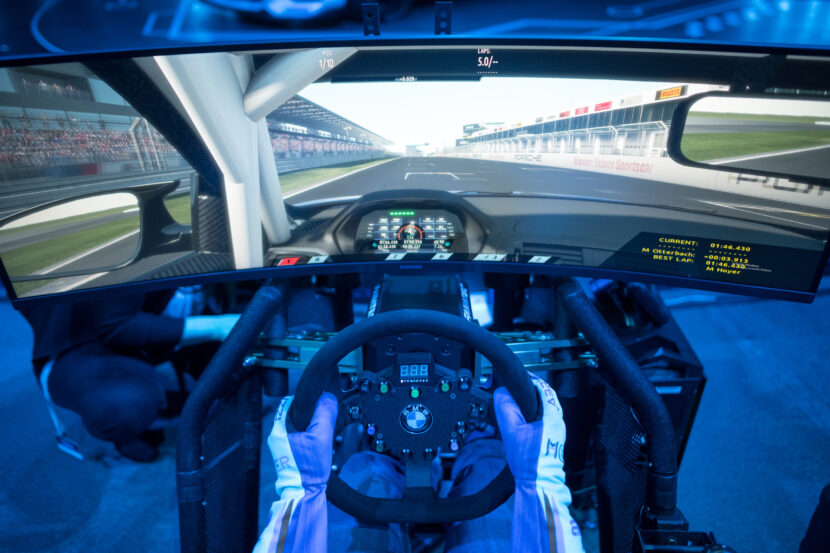As you might’ve noticed, the sim racing phenomenon is really taking off, now that all the tracks are closed. BMW drivers have been a part of this movement for a while now and they are competing with notable success. That’s why they agreed to offer some insight into what you should be looking for, in case you want to get yourself a setup to enter such competitions.
Just like it would be the case in real-life racing, the technology at hand plays an important role. Even pro sim-racers agree that you do need a good rig to make sure your skills can be used to their full extent. Therefore, they decided to offer some tips on what you should be aware of, when setting off to search, buy and build yourself a proper simulator inside the confines of your own house.
“In my opinion, a stable rig that does not wobble is important. I also attach great importance to ensuring that the seat position is as close as possible to what it would be in a real race car,” said BMW Works driver Philip Eng about his own preference. “However, the most important thing for me is a good steering wheel motor. In a static simulator, the steering wheel is the only connection I have with the track. Only through the force feedback am I able to feel how the car moves – not through my whole body, as I can in reality. Another thing that helps is the so-called direct drive, with which the virtual steering column leads directly into the engine, just like in a real race car. That results in the steering wheel reacting far more directly.”
Top sim racers Laurin Heinrich and Alexander Voß from the BS+COMPETITION team, who won the virtual 24-hour race on the Nordschleife alongside Eng, are real experts when it comes to equipment. On the topic of hardware, Voß said: “In my opinion, it is worth spending more than half your budget on a good rig and good pedals if you are looking to get top equipment.” His direct drive steering wheel is homemade, as that technology was not for sale when he received it seven years ago.
Heinrich went a slightly different way in this regard. “I don’t have a homemade steering wheel. Instead, I recently bought a new direct drive model. I use a DTM-style steering wheel, because I am most comfortable with that.” Like Eng, both sim racers have a 49-inch widescreen monitor with 144 hertz. “A monitor with a fast reaction time is extremely valuable, as it gives you a very realistic feeling of speed and is easier on your eyes,” Heinrich explained.
Eng added “The image transmission rate is hugely important for me to immediately see on the screen the movements that I can feel on the steering wheel without any delay.” Eng does not feel that the system typically seen on sim racing — with three screens to allow a larger lateral field of vision — is necessarily essential. “After all, I don’t look through the side window in a real race car.”
Do you need to spend huge sums to be able to compete at the highest level? Not necessarily but it does help. One example in this regard is the setup of Christian Krognes, a Walkenhorst Motorsport driver who managed without a proper setup. “I basically sit at a normal table, on a normal chair. During the day, I work from home as usual. Then, in the evening, I fasten my steering wheel in place and drive for a few hours,” Krognes explained. His pedals are attached to a box under the table and there is no sign of a metal sim rig holding the whole construction together. That does cause the odd issue. “If I brake too hard, I sometimes slide backwards on my stool,” said Krognes.
If you don’t have the money, don’t stress. More expensive equipment helps, of course, but it only truly shines when you’re trying to shave off a couple of milliseconds off your lap time or when you’re trying to reach more consistency. “You are not automatically half a second faster, just because you have invested several thousands of euros in a good simulator. You have to get used to everything – even very basic equipment. Familiarity plays a very big role. Only when it comes to squeezing out the final few tenths of a second do I think that it is easier with good equipment. In my opinion, you can perform more consistently with good pedals and a good steering wheel, in particular. It is more intuitive,” said Voß.
For amateur racers, good hardware will be attainable within a decent budget so you don’t need to break the bank to fund your new passion. Only if you are spending many hours a day at the wheel, or need to find the final few tenths of a second at the very highest level, does it make sense to invest in high-end equipment.









































































